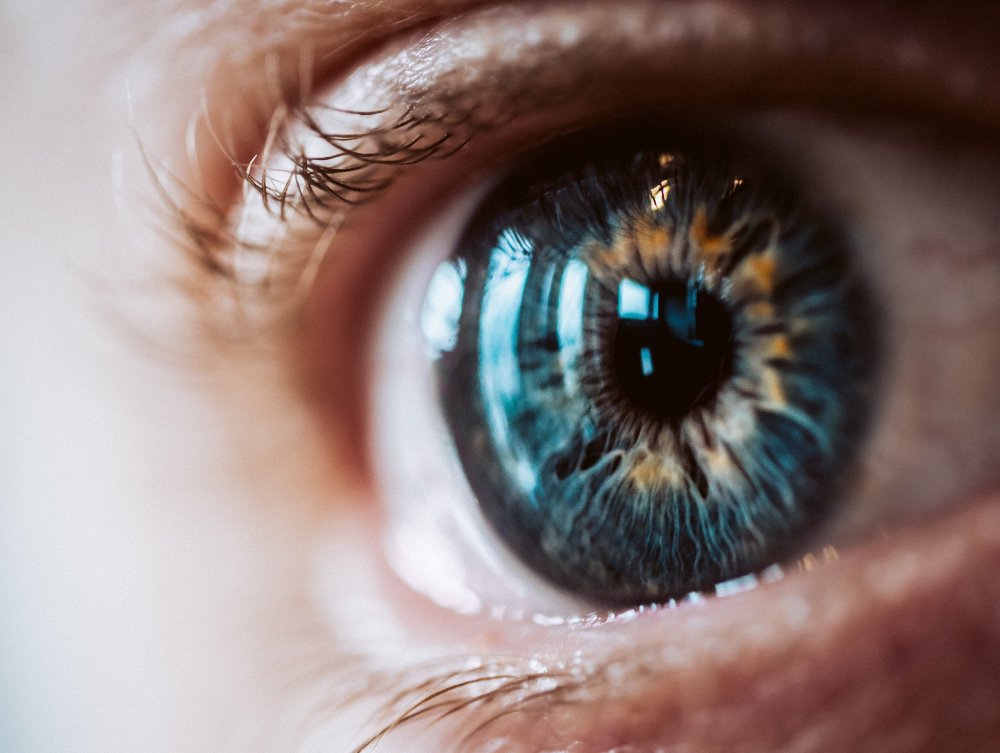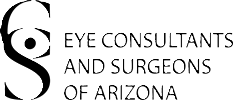
LASIK Vision Correction
LASIK or Laser in-Situ Keratomileusis has become the procedure of choice for over a million people every year. LASIK involves reshaping the inner tissue of the cornea with the most advanced lasers to correct nearsightedness, farsightedness, and astigmatism. LASIK has produced consistently excellent results and its rapid healing characteristics and minimal, if any, discomfort has made it become the most popular refractive surgical procedure in history.
The LASIK Procedure
After your eye has been completely numbed using “eye drop” anesthesia, an eyelid holder will be placed between your eyelids to prevent you from blinking.
Next, a femptosecond laser makes a protective flap in the cornea. No blades are ever used in this advanced technique. During this process you may feel a little pressure, but no discomfort. You will be asked to look at a target light while the laser reshapes the cornea, usually in less than a minute. Then, the protective flap is folded back in place where it bonds securely without the need for stitches. After LASIK, some patients report a slight discomfort that usually goes away within twelve to twenty-four hours.
How It Works
- To correct nearsightedness, the cornea must be made flatter. This is accomplished by removing tissue from the center of the cornea.
- To treat farsightedness, the central cornea must be made steeper. This is accomplished by directing the laser beam to remove tissue from around this area.
- To correct astigmatism, the cornea must be made more spherical. By changing the pattern of the beam, more tissue is removed in one direction than the other.
The amount and pattern of cloudiness within the lens can vary. If the cloudiness is not near the center of the lens, you may not be aware that a cataract is present.
